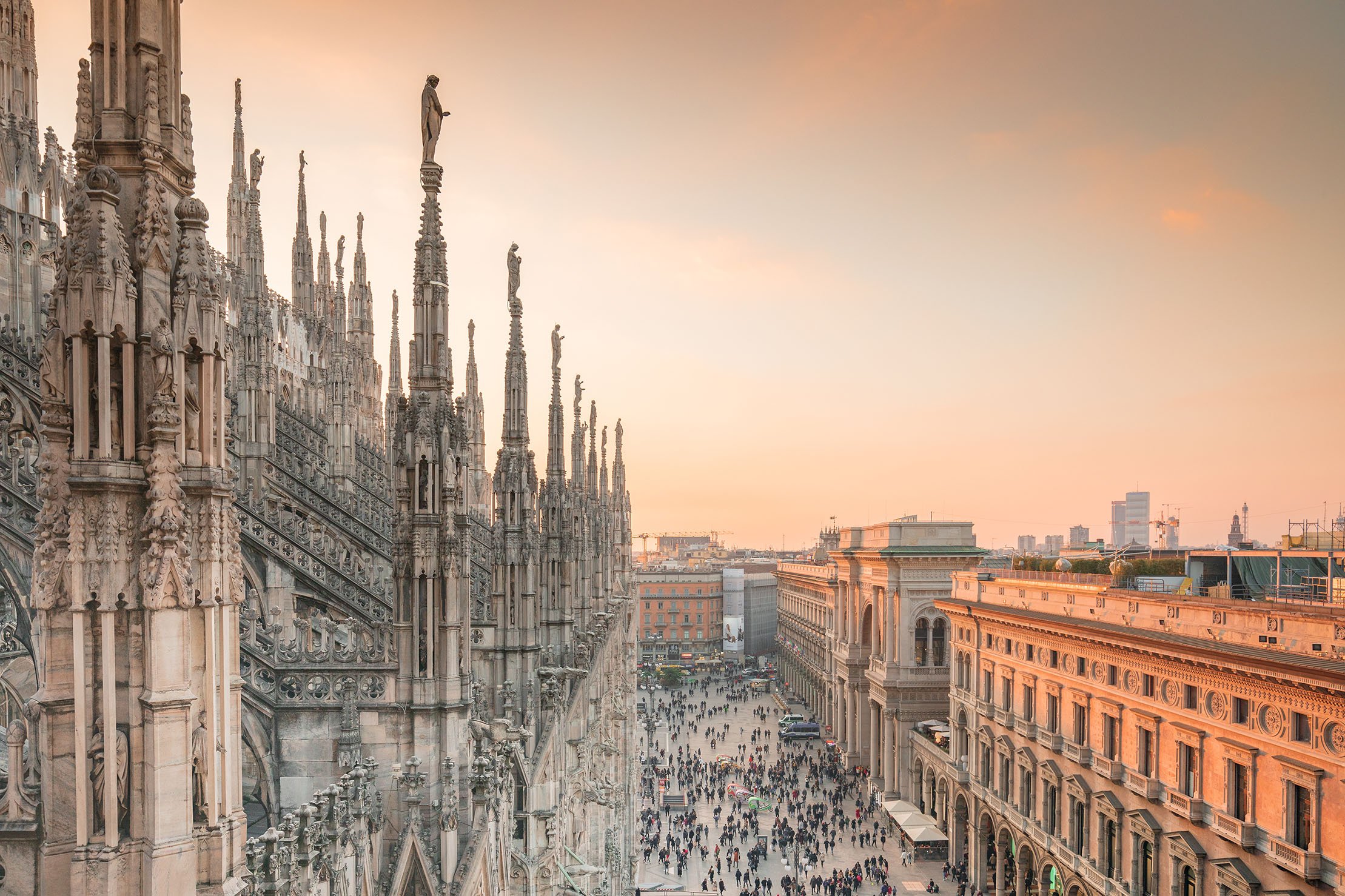All the founders, both men and women, of the so-called titles of the Roman basilicas have been suppressed in the universal Calendar of the Church, because it cannot be affirmed that they were martyrs or confessors of the faith, but only charitable people who gave the Church the houses or palaces that later became basilicas. Only the name of St. Cécile remains on the traditional date. Many ancient martyrs, who presented serious historical difficulties, were also suppressed when the Calendar was revised. Not because it can be affirmed that these saints did not exist but because their existence is not substantiated by considerable and convincing historical evidence. Only the memory of St. Cécile was preserved, even though her figure also presented similar serious historical difficulties. It is said – but in no way confirmed – that the double exception was applied to St. Cécile thanks to the persistence, during the Vatican Ecumenical Council II, of Pope John XXIII. And it is certain that, without the name of St. Cécile, worshiped as a martyr and honored as the patron saint of musicians, the Calendar would have been poorer, while historical rigor would not have gained much. There are at least two facts that are certain and revealing: the basilican “title” of Cécile is ancient, definitely prior to 313, i.e. in the times of Constantine; and the feast day of the Saint was already celebrated, in her basilica of Trastevere, in the year 545. Another very important circumstance is that Cécile was buried in the Catacombs of St. Callixtus, in a place of honor, alongside the so-called Crypt of the Popes. Later, Pope Paschal I, a great devotee of the Saint, transferred her body to the crypt of the basilica of Trastevere. At the end of the 1500s, the sarcophagus was opened and the body of the Saint appeared in an excellent state of preservation, wrapped in a robe of silk and gold. It was then that Stefano Maderno carved the famous marble statue, a faithful reproduction – so they said – of the appearance and position of the body of the ancient martyr. Everything else is questionable regarding the devout woman, who lent her name to the Roman basilica and probably gave the Church a building she owned, or the young woman to whom a celebrated Passion – which is however more a literary than historical text – attributes a series of dramatic events, ending with the cruelest of tortures and final beheading that three strokes of the sword were not able to complete. What remains to be explained is why, from the end of the Middle Ages, the Roman Saint was thought to be a musician and patron saint of musicians, for which she is by now universally known. This can also be explained with a passage of the legendary Passion, which says that while the musicians played, she sang in her heart only for the Lord. In the same way, not just musicians, but all beings should, before anything else, give praise to God, the giver of all graces, including that of art.
ST. CECILE
Patron Saint: Music, Musicians, Singers Symbol: Lily, Organ, Lute, Palm





 Tiburio
Tiburio

